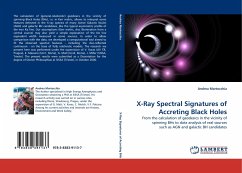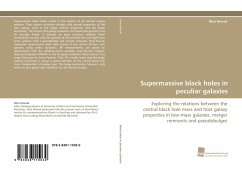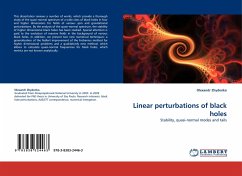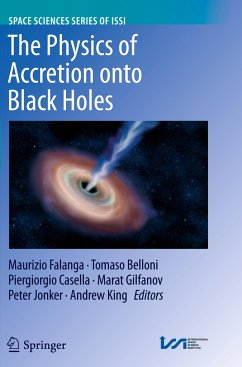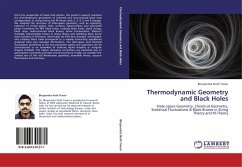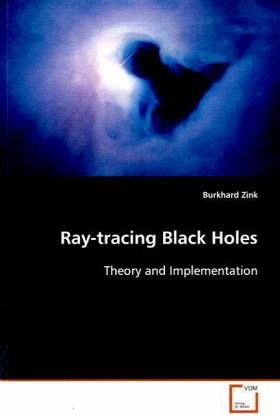
Ray-tracing Black Holes
Theory and Implementation
Versandkostenfrei!
Versandfertig in 6-10 Tagen
39,99 €
inkl. MwSt.

PAYBACK Punkte
20 °P sammeln!
Even almost 100 years after their theoretical inception, black holes remain one of the most enigmatic objects in the universe. But how would a black hole appear visually to a telescope with sufficient resolution? This book discusses the theoretical foundations of volume ray-tracing in general relativity, from a derivation of the rendering equation based on kinetic theory to the practical implementation in a C++ application (source code available on request). A number of images produced by this method are discussed, including thin and toroidal accretion disks around rotating black holes, which ...
Even almost 100 years after their theoretical inception, black holes remain one of the most enigmatic objects in the universe. But how would a black hole appear visually to a telescope with sufficient resolution?
This book discusses the theoretical foundations of volume ray-tracing in general relativity, from a derivation of the rendering equation based on kinetic theory to the practical implementation in a C++ application (source code available on request). A number of images produced by this method are discussed, including thin and toroidal accretion disks around rotating black holes, which exhibit effects like red-shift, beaming and gravitational lensing as a direct consequence of the general theory of relativity by Albert Einstein.
The book is written with readers possessing a graduate-level knowledge of general relativity in mind, although anyone who shares a fascination in black holes may find the applications intriguing.
This book discusses the theoretical foundations of volume ray-tracing in general relativity, from a derivation of the rendering equation based on kinetic theory to the practical implementation in a C++ application (source code available on request). A number of images produced by this method are discussed, including thin and toroidal accretion disks around rotating black holes, which exhibit effects like red-shift, beaming and gravitational lensing as a direct consequence of the general theory of relativity by Albert Einstein.
The book is written with readers possessing a graduate-level knowledge of general relativity in mind, although anyone who shares a fascination in black holes may find the applications intriguing.





